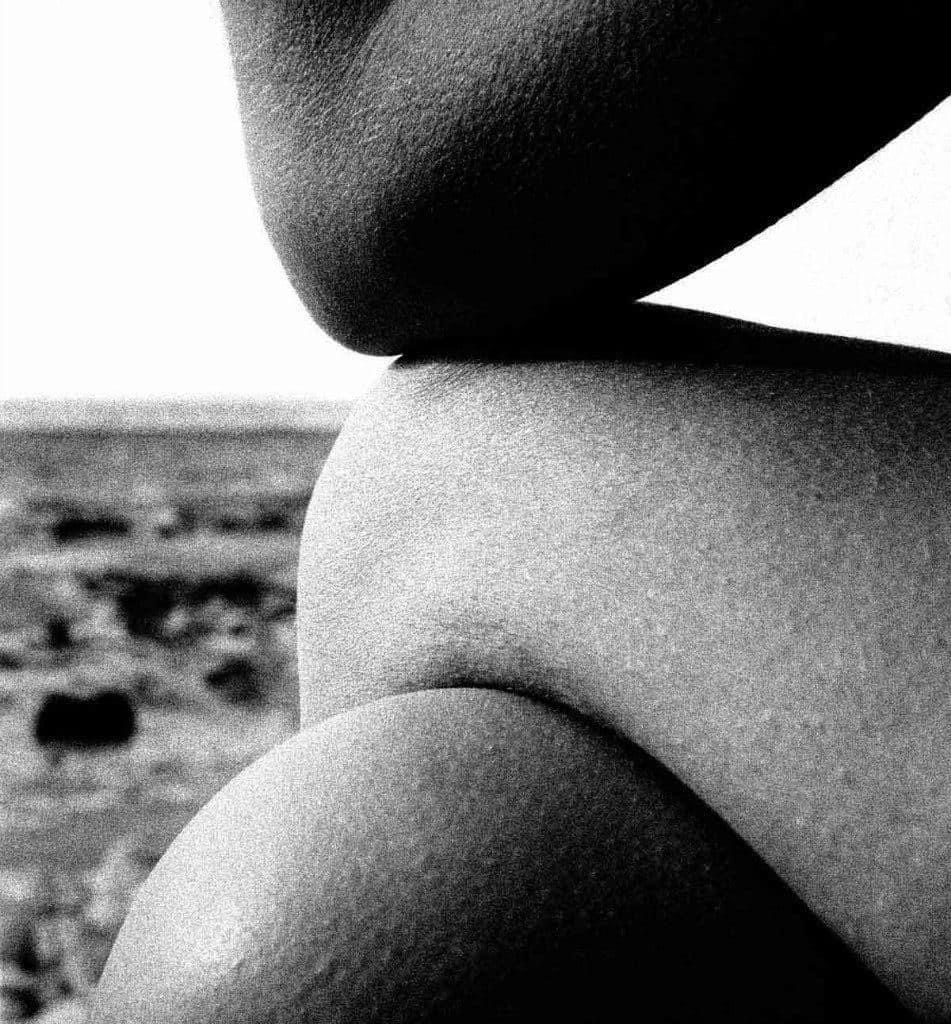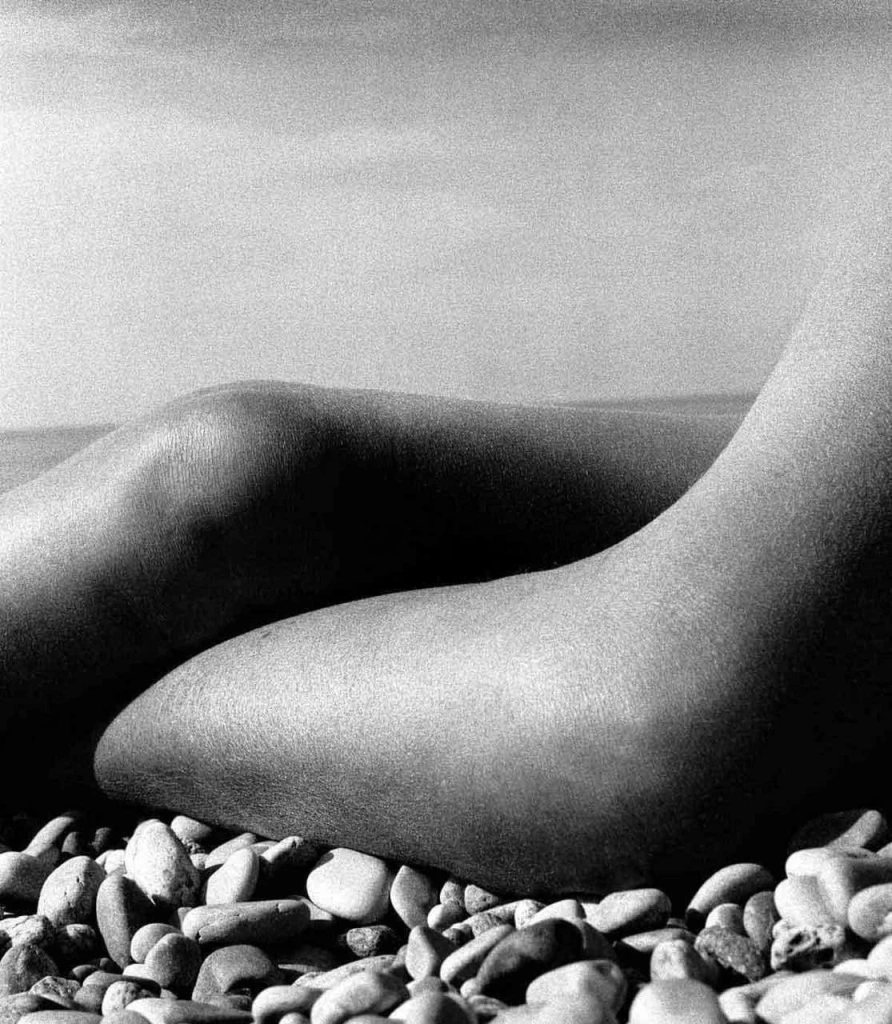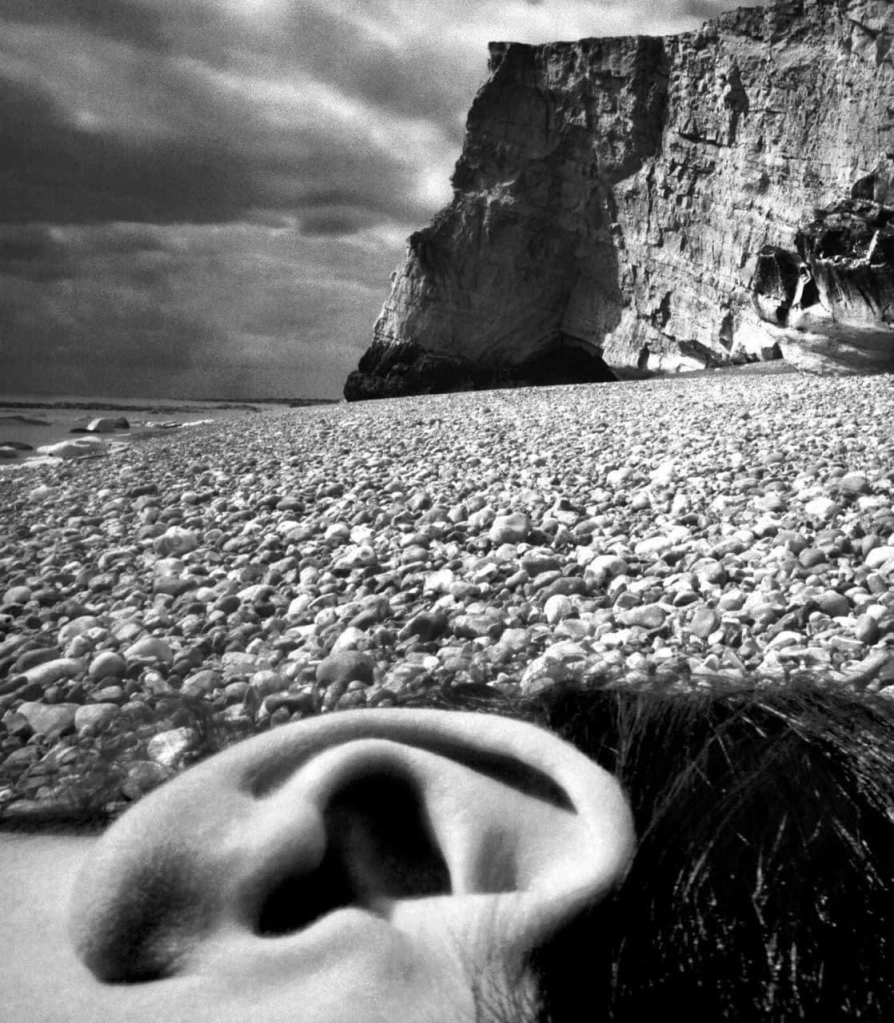
Bill Brandt es considerado uno de los fotógrafos más destacados del siglo 20. Su casa en Kensington tiene una placa azul conmemorativa “herencia inglesa” – un logro raro para el fotógrafo.
Es mejor conocido por su trabajo de fotoperiodismo documentando aspectos de la vida británica así como por sus imágenes expresionistas y surrealistas de la naturaleza desnuda femenina.
“Creo que la habilidad de ver el mundo extraño se esconde en cada persona” – Bill Brandt
//
Bill Brandt is considered one of the most notable photographers of the 20th century. His home in Kensington has a blue plaque commemorating “English Heritage” – a rare achievement for the photographer.
He is best known for his photojournalism work documenting aspects of British life as well as his expressionist and surrealist images of female nude nature.
“I believe that the ability to see the strange world is hidden in every person” – Bill Brandt










